Name William 3rd | ||
 | ||
Spouse(s) Ela, Countess of Salisbury Died 7 March 1226 (aged 49–50)Salisbury Castle, Salisbury, Wiltshire, England | ||
William longesp e 3rd earl of salisbury
William Longespée, 3rd Earl of Salisbury (c. 1176 – 7 March 1226) ("Long Sword", Latinised to de Longa Spatha) was an English noble, primarily remembered for his command of the English forces at the Battle of Damme and for remaining loyal to his half-brother, King John. His nickname "Longespée" is generally taken as a reference to his great size and the outsize weapons he wielded.
Contents

William longesp e 3rd earl of salisbury
Early life
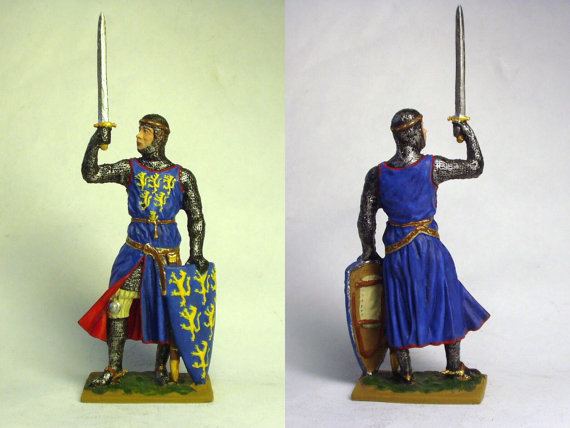
He was an illegitimate son of Henry II, King of England. His mother was unknown for many years until the discovery of a charter William made that mentions "Comitissa Ida, mater mea" (Countess Ida, my mother). This referred to Ida de Tosny, a member of the prominent Tosny (or Toesny) family, who had married Roger Bigod, 2nd Earl of Norfolk in 1181.
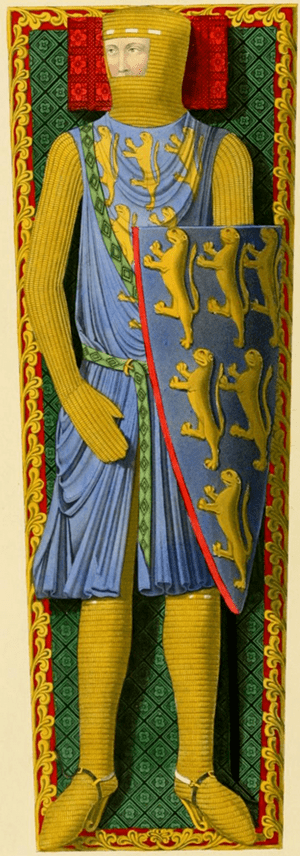
Prior to the discovery of the charter mentioning Countes Ida, speculation and folklore gave Rosamond Clifford, another misress of Henry II, as William's mother. URL https://www.genealogieonline.nl/en/family-tree-fountaine-fontaine-fountain-lafontaine/P2800.php
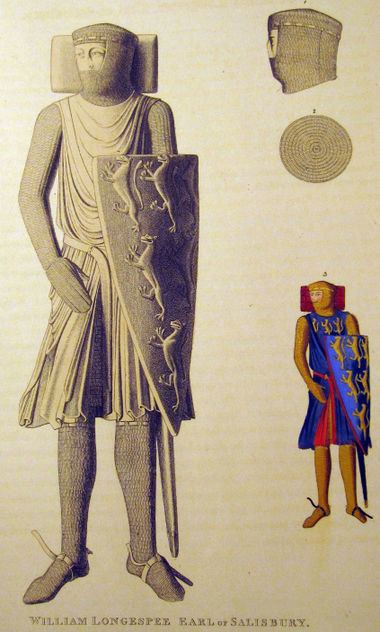
King Henry acknowledged William as his son and gave him the honour of Appleby, Lincolnshire, in 1188. Eight years later, his half brother King Richard I married him to a great heiress, Ela of Salisbury, 3rd Countess of Salisbury.
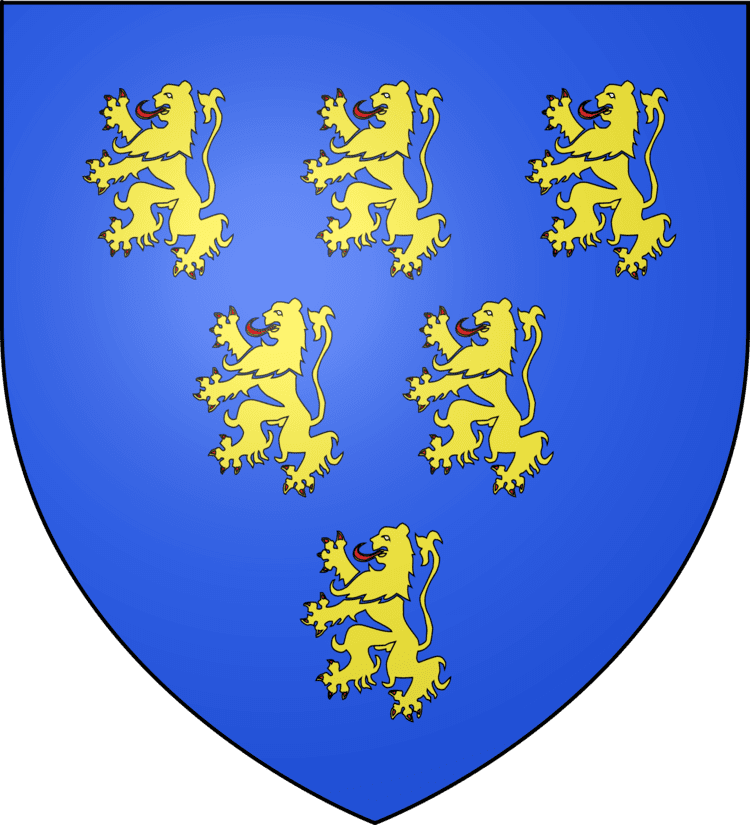
During the reign of King John, Salisbury was at court on several important ceremonial occasions and held various offices: sheriff of Wiltshire; lieutenant of Gascony; constable of Dover; and Lord Warden of the Cinque Ports; and later warden of the Welsh Marches. He was appointed sheriff of Cambridgeshire and Huntingdonshire about 1213.
Military career
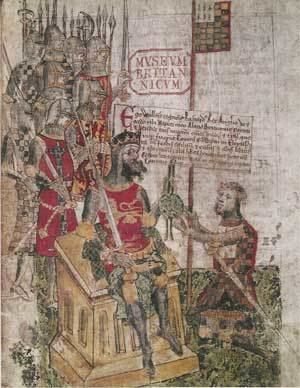
He was a commander in the king's Welsh and Irish expeditions of 1210–1212 and was appointed Viceroy of Ireland, jointly with John de Gray, Bishop of Norwich, when the king left for England in 1210. The king also granted him the honour of Eye in Suffolk.

In 1213, Salisbury led a large fleet to Flanders, where he seized or destroyed a good part of a French invasion fleet anchored at or near Damme. This ended the invasion threat but not the conflicts between England and France. In 1214, Salisbury was sent to help Otto IV of Germany, an English ally, who was invading France. Salisbury commanded the right wing of the army at their disastrous defeat in that year at the Battle of Bouvines, where he was captured.

By the time he returned to England, revolt was brewing amongst the barons. Salisbury was one of the few who remained loyal to John. In the civil war that took place the year after the signing of the Magna Carta, Salisbury was one of the leaders of the king's army in the south. He was made High Sheriff of Wiltshire again, this time for life. After raising the siege of Lincoln with William Marshall he was also appointed High Sheriff of Lincolnshire (in addition to his current post as High Sheriff of Somerset) and governor of Lincoln castle. However, after the French prince Louis (later Louis VIII) landed as an ally of the rebels, Salisbury went over to his side. Presumably, he thought John's cause was lost.
After John's death and the departure of Louis, Salisbury, along with many other barons, joined the cause of John's young son, now Henry III of England. He held an influential place in the government during the king's minority and fought in Gascony to help secure the remaining part of the English continental possessions. He was appointed High Sheriff of Devon in 1217 and High Sheriff of Staffordshire and Shropshire in 1224. Salisbury's ship was nearly lost in a storm while returning to England in 1225, and he spent some months in refuge at a monastery on the French island of Ré.
Death
He died not long after his return to England at Salisbury Castle. Roger of Wendover alleged that he was poisoned by Hubert de Burgh. He was buried at Salisbury Cathedral in Salisbury, Wiltshire, England.
William Longespée's tomb was opened in 1791. Bizarrely, the well-preserved corpse of a rat which carried traces of arsenic, was found inside his skull. The rat is now on display in a case at the Salisbury and South Wiltshire Museum.
Likeness
A terracotta statue of Longespée, dating from 1756, is located in the Great Hall of Lacock Abbey in Lacock, Wiltshire, England. A likeness of his wife Ela is also on display, while several other statues are believed to show their children.
Family
By his wife Ela, Countess of Salisbury, he had four sons and six daughters:
